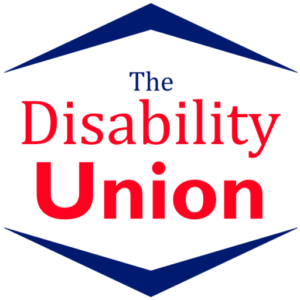
It’s important for everyone to have an “In Case of Emergency” plan. Having a disability only adds to the steps needed to take in order to be safe in all kinds of situations. Things like fires, earthquakes, and tornadoes don’t warn you when they’re coming, so you need to be prepared at all times. Does your office have a plan for these events, should they occur? Are these emergency plans accessible to your disabled employees? If not, how can you make these plans more accessible?
Fire
A fire is the most common emergency people plan for, because it’s not something only certain parts of the world are more susceptible to. Fires can happen anywhere, not just on the coast or near fault lines. Having a plan for a fire is usually the first thing in an emergency book. For people with mobility issues, getting out of a building because of a fire can be difficult. It’s already hard to move, and people panicking and running just makes it all the more difficult. To make things easier, there are a few things you can do:
The most important thing to do is to make sure all employees are on the same page with the emergency evacuation plan. Having regular fire drills is ideal so that people don’t panic when a real fire happens. Clearly mark your fire exits with both big type and braille for those with visual disabilities. Make sure your fire alarms have lights that go off too for people who are Deaf/Hard of Hearing. For your employees with physical disabilities, put their desk in a spot where they can easily get to the fire exit. Remember that it’s not safe to use the elevator during a fire, so put them on the first floor.
Earthquake
Earthquakes are unpredictable and can happen at any time. The most important thing to remember when experiencing an earthquake is to protect yourself from things that can fall on and injure you. Get as low to the ground as possible and cover as much of your head and neck as possible. When the shaking stops, check your surroundings before moving to make sure it’s safe to move. If you are using a mobility aid such as a wheelchair, lock it in place. Great ShakeOut Earthquake Drills has a fantastic video on YouTube that goes over a wide array of physical disabilities and what to do during an earthquake, and I definitely recommend looking there for a more in-depth guide.
Tornado
Tornadoes are terrifying. While you can predict them more than earthquakes, it’s only marginally more, which is still not a lot. The important thing to remember with a tornado is to get indoors and to the most interior room as possible and stay as low to the ground as you can. Having a whistle or other noise-making device can be helpful to signal first responders if you are buried under debris. For a more comprehensive rundown targeted for people with a wide range of disabilities, check out Disabled World’s writeup, which goes into detail about how to best prepare for a tornado. The article focuses more on your home, but the concepts can be modified for office use.
Medical Emergency
This isn’t a natural disaster, but it’s something that there should be a plan for. This is more planning for the employee, and isn’t always necessary as some disabilities don’t have medical issues that can cause a medical emergency. But from a personal standpoint, I know that if I were to have something happen to me in the office, I would want to have someone know what to do. I keep all my important medical information on my phone’s ICE app, which is accessible even when the phone is locked. It has the contact information for my emergency contact, my list of medications and allergies, and a list of my disabilities. This is something that is built into my iPhone, and I encourage everyone, regardless of ability, to fill this out. You never know when something might happen and it could save a life.
People with disabilities often get overlooked when it comes to emergency preparedness. It’s important to have a plan for emergencies, but if the plan doesn’t include everyone in the building, it’s not a good or complete plan. Making sure everyone is on the same page is step one. Talk with your disabled employees, see if they have thoughts on what’s going to be easiest for them in the event of said emergency situation.


